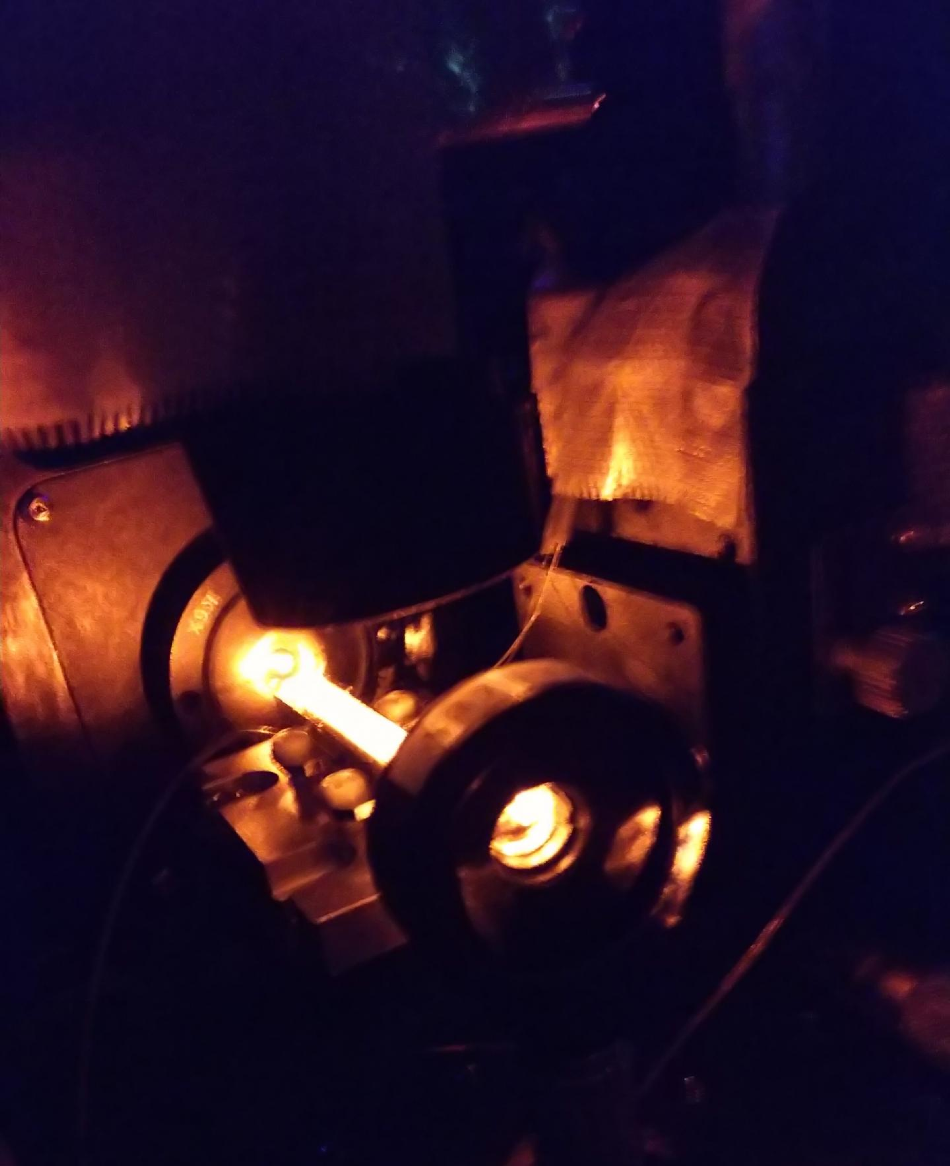Aug 20 2020
Entanglements are essential for developing a “quantum internet” that connects quantum computers. However, traditional methods of creating such entanglements are unsuitable for fiber optic telecommunications networks utilized by existing non-quantum internet.
 Wavelength converter for the two-photon comb. Image Credit: Tomoyuki Horikiri, Yokohama National University.
Wavelength converter for the two-photon comb. Image Credit: Tomoyuki Horikiri, Yokohama National University.
But now scientists have developed a novel method to create such particles that are relatively more compatible.
Present-day telecommunications networks are linked by fiber-optic cables. The photons transmitted in such telecommunications networks are generally absorbed within a few kilometers by the cable material. To prevent deterioration of the signal, it is amplified by installing repeaters at regular intervals.
Similar issues will thwart attempts towards quantum communications—and eventually a quantum internet. To address this problem, Tomoyuki Horikiri and collaborators from Yokohama National University are creating a new source of entangled photons.
The study results were reported in the Communications Physics journal on August 12th, 2020.
Entanglement of two particles, or qubits, occurs when the quantum state of each particle is unavoidably linked to the quantum state of the other one. Therefore, a measurement carried out on one qubit will invariably be linked to a measurement performed on the other qubit, irrespective of the distance.
Such an entanglement, popularly detailed in pop-science explanations as “spooky action at a distance,” is integral to any futuristic quantum communication infrastructure.
Scientists can leverage this spooky phenomenon to use the entangled photons to transmit data between two sites. The sender has 50% of the entangled photons, while the receiver has the remaining ones. For instance, both users can determine a haphazard secret bit string for encryption through the shared entanglement.
However, optical fiber losses also occur in long-distance quantum communication, causing the entangled photons to become disentangled because of the communication with their environments.
Moreover, quantum repeaters, in which quantum memories are loaded, would be required to extend the distance of quantum communication. The quantum state of photons sent by the users is stored by the repeater.
An entanglement “swapping,” carried out by measuring the photons, successfully propagates the entanglement across relatively longer distances—similar to runners handing off batons in a relay competition.
A quantum repeater operates through a repeated exchange of quantum states between matter and light. This needs an entangled particle source that can be used with quantum memory.
Regrettably, quantum memory usually absorbs a narrow width of the spectrum of a light beam (called linewidth); however, a broad spectrum is exhibited by conventional sources of a quantum-entangled pair of photons. As a result, the coupling between the quantum memory and an entangled photon pair is extremely poor.
To date, scientists who aim to create sources of entangled photons have found it difficult to fulfill all the needs for real-world application and repeater-quantum memory compatibility—a large number of photons (for high amounts of traffic), high entanglement fidelity, and narrow linewidth.
For many years, spontaneous parametric down-conversion, or SPDC for short, has been the most common method used for creating entangled particles. This technique employs crystals to change single high-energy photons into pairs of entangled photons that have 50% of the original energy.
This has been great for quantum information experiments. But for broadband quantum communications, SPDC is not very compatible with the very narrow energy transitions involved in production of the quantum memory needed for quantum repeaters.
Tomoyuki Horikiri, Researcher, Yokohama National University
The team actually improved this method by placing the crystal in an optical cavity shaped such as a bowtie, and effectively propagated the entangled photons across 10 km via an optical fiber, repeated once for a collective distance of 20 km.
Based on this proof of concept for a novel source of quantum-memory-compatible entangled photons that can be transmitted via a fiber-optic cable with minimal losses, the team is now planning to apply the new method through numerous repeater nodes for relatively longer distances.
Journal Reference:
Niizeki, K., et al. (2020) Two-photon comb with wavelength conversion and 20-km distribution for quantum communication. Communications Physics. doi.org/10.1038/s42005-020-00406-1.